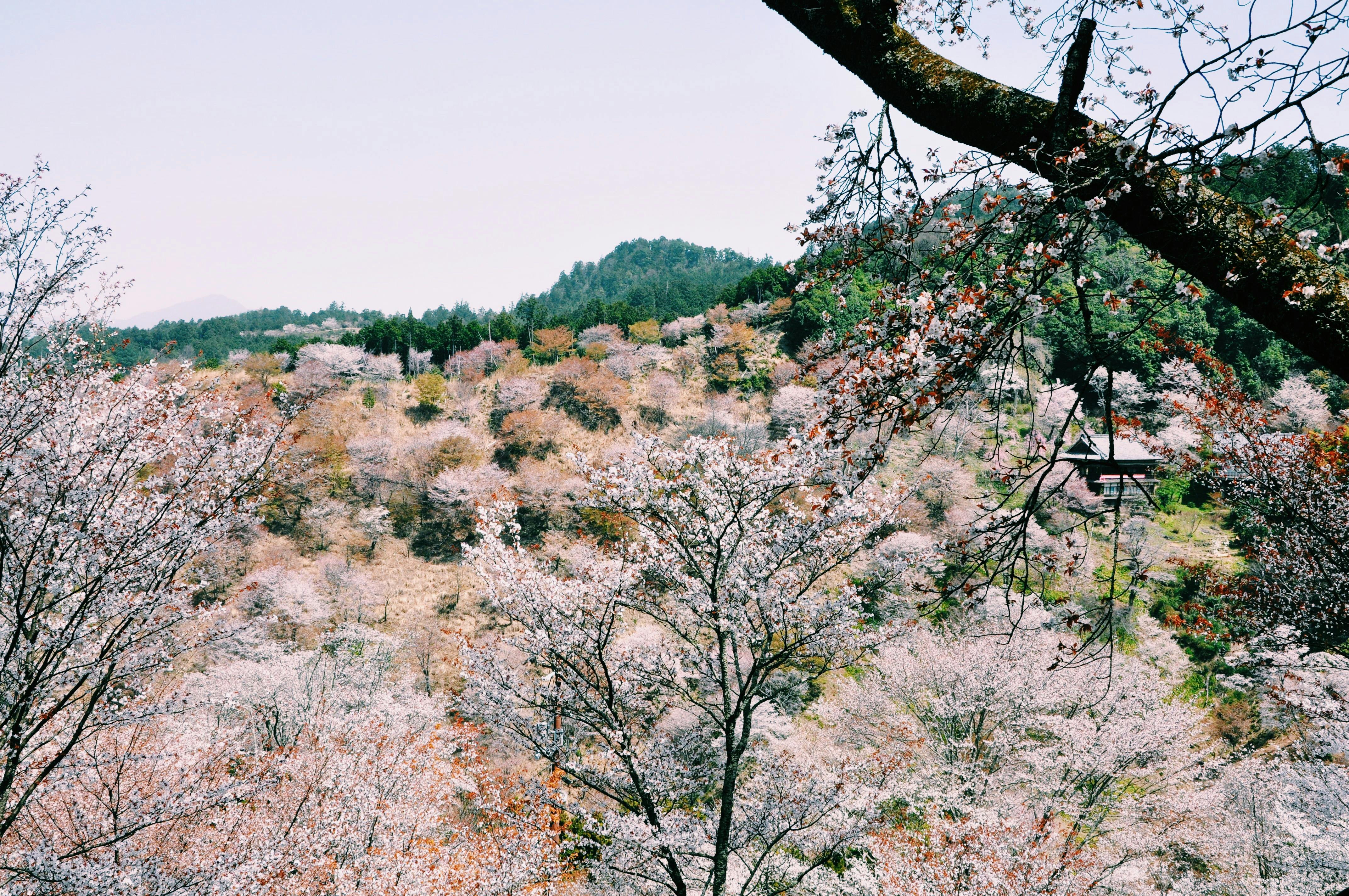Building a garden bed on a slope can be a challenging task. It requires careful planning and consideration of the existing terrain, soil type, and drainage. In this guide, we will provide tips and advice on how to construct a garden bed on a slope in order to ensure that your plants have the best chance of thriving. With the right guidance and necessary materials, you can create an attractive and productive garden bed that can be enjoyed for years to come.Preparing the slope for the garden bed requires a few steps. First, remove any existing vegetation, such as grass and weeds, from the area. Once cleared, use a shovel to create a sloping grade by removing soil from higher areas and adding it to lower areas. The slope should be gradual and should not exceed more than one foot of elevation change for every four feet of run. It is also important to use soil with good drainage as water will run off rather than pooling at the bottom of the slope. After creating a slope, add several inches of topsoil and mix it into existing soil with
Leveling the Ground for the Garden Bed
Leveling the ground for a garden bed is an important step in creating a successful garden. It ensures the soil is even and ready for planting, allowing plants to thrive. Preparing the soil by leveling it out also helps prevent water from pooling in areas, which could lead to drainage problems or other issues. To level the ground for a garden bed, start by removing any large stones or debris that may be in the area. After that, use a shovel or spade to remove any large bumps or depressions in the ground
Building a Retaining Wall on the Slope
Building a retaining wall on a slope can be an intimidating task. However, with the right preparation and materials, it can be a relatively straightforward project. Before embarking on the project, you should assess the stability of the slope and make sure that it is suitable for building a wall. You’ll need to ensure that you have access to adequate drainage and sufficient soil to build up the retaining wall.
Once you have determined that the slope is suitable for building a retaining wall, you’ll need to select your materials.
Choosing Plants that Grow Well on a Slope
When choosing plants for a sloped garden, there are several things to consider. Slopes can be challenging for many plants due to their exposure to wind and the difficulty of getting adequate water and nutrients to the roots. Plants that have deep, strong root systems are best suited for sloped gardens. Plants that are native to your area will also do well as they have adapted over time to local soil and climate conditions. Additionally, you should choose hardy plants that are drought tolerant and can handle the additional stress of
https://images.pexels.com/photos/9116767/pexels-photo-9116767.jpeg
Planting in a Steep Slope Garden Bed
Creating and maintaining a garden bed on a steep slope can be challenging, but it’s not impossible. With careful planning and thoughtful planting techniques, you can create a beautiful and functional garden on even the steepest of slopes. Here are some tips for planting in a steep slope garden bed.
The first step is to create a stable base for your plants. Loose soil, rocks, and other debris can all contribute to erosion on a steep slope, so it’s important

Creating Soil Mounds on the Slope
Soil mounding is a common technique used to reduce the severity of a slope and help prevent erosion. It’s an effective way to create level areas for planting and can also be used in conjunction with other landscaping techniques, such as terracing or retaining walls. The process of creating soil mounds involves excavating soil from the top of the slope and redistributing it in a series of small mounds or humps along the length of the slope. The height of each mound will depend on the size and
Constructing Raised Beds on a Slope
Creating a raised garden bed on a hill can be a great way to take advantage of an otherwise difficult area of your property. With the right planning and design, you can create an attractive, functional garden that will last for years. Here are some tips for constructing raised beds on a slope:
First, it is important to consider the angle of the slope. If the slope is too steep, it can be difficult to work with and may cause your beds to erode over time. If
Installing Terraces Up the Slope
Terracing is an effective way to reduce soil erosion on slopes. It involves building flat platforms, or “terraces,” along a slope to create level areas for plants or crops. By breaking up the slope, terraces can slow down water runoff and help keep topsoil from being washed away. Installing terraces up a slope can be done by hand or with machines, depending on the size of the project and the terrain.
When installing terraces manually, the first step is to

Conclusion
Building a garden bed on a slope is a great way to take advantage of the natural topography of your garden. It adds visual interest, as well as a chance to introduce shrubs, perennials, and annuals that will thrive in the unique conditions that come with a sloped landscape. It’s important to consider both the soil type and the slope angle when constructing the bed. Drainage should be of utmost importance when building on a slope. The use of terracing, retaining walls, and water-wise plants can go a long way in helping
